Sensory processing and toileting issues are prevalent in kids and adults with autism and/or developmental delays. Kids who are otherwise typically developing may also have difficulties with potty training due to interoception difficulties.
Interoception is known as our “8th sense”. The sensory receptors for interoception are located in our internal organs, such as our brains, bladders, stomach, rectum, heart, and lungs. The interoceptive sense helps us know when we:
- Are hungry or full
- Need to pee or poop
- Are feeling out of breath
- Have a headache
- Are thirsty
- Feel nervous (“butterflies” in our belly + possible shaky muscles)
- And more
Interoception is often linked to our emotions due to the physical sensations we might notice when we are angry, nervous, frustrated, etc.
Interoception and Potty Training
Individuals with weak interoception systems often have difficulty learning when to use the toilet to urinate or defecate. They may not notice when their diaper is soiled, the feeling when their bladder is full, or the presence of stool in their rectum. Encopresis (involuntary passing of stool) can be a complicating factor and is often a result of frequent constipation, followed by stretching of the colon and rectum.
This website (“The In’s and Out’s of Poo”) does a great job of explaining encopresis and has resources for parents. This video (“The Poo in You”) is helpful for learning about encopresis in video format.
Strategies for Toileting
First make sure the environment is comfortable. It is best to have feet supported by the floor or a stool. The squatty potty (or similar stools which raise the knees above the hips) can be helpful for constipation. Kids often enjoy watching this silly commercial for the squatty potty.
Be aware of possible environmental sounds such as a fan or hum of lights that might bother the child. Commercial restrooms may have sensors for flushing. These can be covered with a post-it note while the child is using the toilet. To cover sounds, consider having favorite music playing or noise reducing headphones. Children who are very sensitive to cold may benefit from a heated seat in their home bathroom. Poo-pourri toilet spray can be used prior to using the toilet for kids who are sensitive to smells.
Improving Awareness
I presume competence with all my clients. I provide them with education regarding how their bodies work in multiple formats to help improve awareness.
I work on improving awareness of need to poo in the following ways:
- First, we watch the video The Poo in You on YouTube (I recommend watching it first without the child to determine how much to show them)
- The website “The In’s and Out’s of Poo” has a poster showing the “Food to Poop Tube”.
- Next, we look at the poster (“Food to Poop Tube“) and read it together
- We use playdough to simulate food and starting at the mouth on the poster, move it through the digestive system
- When we get to the rectum, we make it the shape of a normal poo
- We put the playdough in our hands and practice pushing it out through the sphincter (can be either side of your fist)
- I have caregivers narrate how and where in their bodies they feel the need to poo
- Some people notice sensations in their bellies when they need to poo, others feel it mostly in the rectum
- Everyone has different experiences of how they know they need to poo and it is helpful to narrate as many as possible to kids
- Caregivers also narrate how they feel after they poop
- Recommend sitting on the toilet about 20 minutes after a meal to try to poo
Other Strategies to Try
- All toileting activities should occur in a bathroom if possible
- Kids can place their soiled diaper or pull-up in the trash, or cloth diapers or underwear in the laundry
- Kids with constipation history may need to work with their doctor to discuss possible medication
- Having a history of hard stools often makes kids fearful of sitting
- Using stool softeners may be needed
- However, softer stools can be more difficult to sense in the colon/rectum
- It is beneficial to learn other signs of needing to poo as well as sitting at certain times
- For kids who are unable to tell an adult that they need to poo, track their usual times
- Once you know their typical schedule, have them sit on the toilet
- Use visuals as needed to let them know it is time to poo
- Practice pushing out their bellies as if it is a balloon
- This may help them feel sensations in their bellies and rectum
- Blow bubbles or blow up balloons to simulate sensations in their belly and possibly colon/rectum
Working on Peeing in the Toilet
Many of the strategies are similar to working on pooping. Many experts suggest getting the person out of diapers and into underwear to improve awareness. I recommend that the child then change their own clothes (with help as needed) and place in laundry.
We use balloons to simulate our bladders. First, we fill them up then hold them near our bellies to show where the full bladder would be. Then we empty the balloon into the toilet to simulate peeing.
As with bowel training, the adults narrate how they know when they need to pee.
Have the child sit on the toilet about 20 minutes after eating and/or drinking. Encourage drinking water frequently during the day to increase need to urinate. You can use the worksheet linked below with kids to teach them about their bladders. Have them color it in and post in their bathroom.
Get creative with both bowel and bladder and activities to improve awareness. It can take time (months to years for some people) but the time spent is well worth it.
 Feel free to use this visual as needed.
Feel free to use this visual as needed.

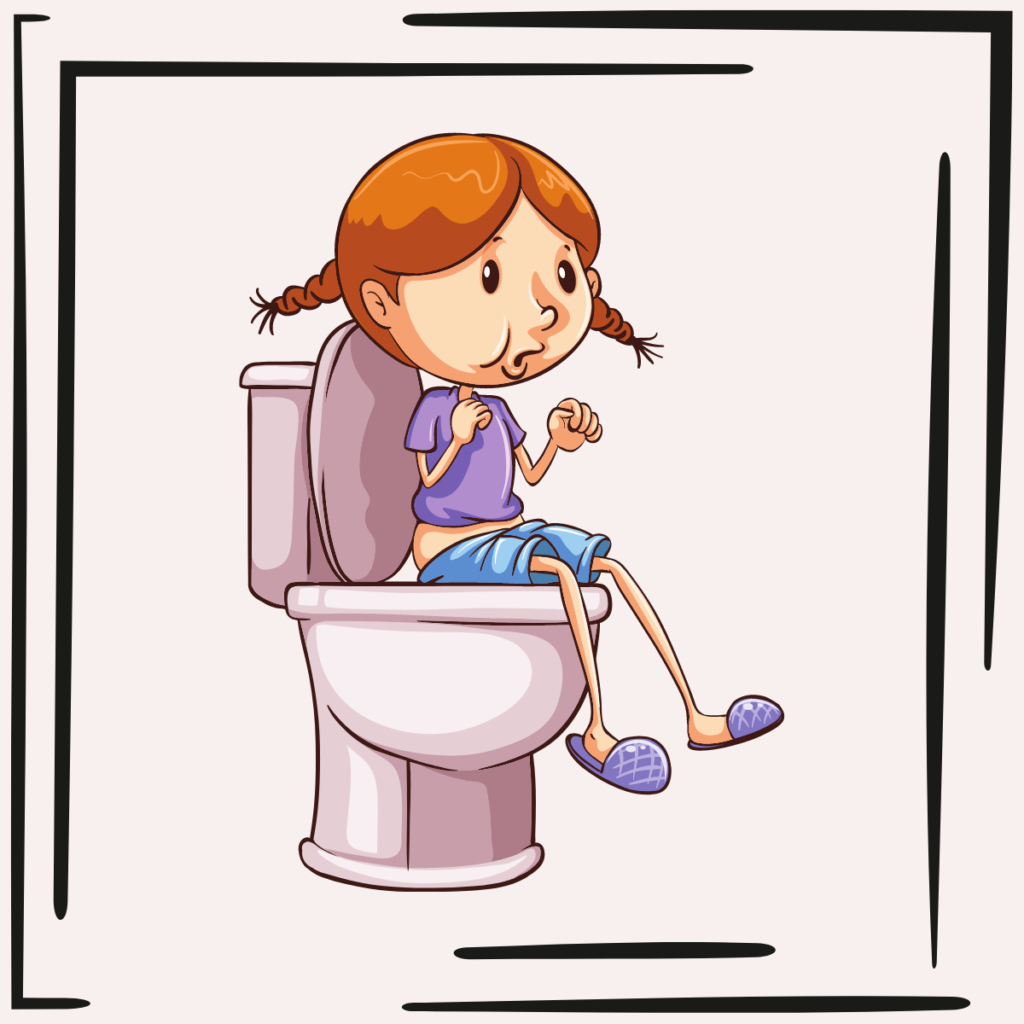
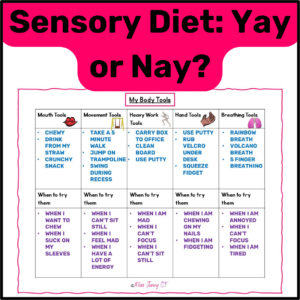
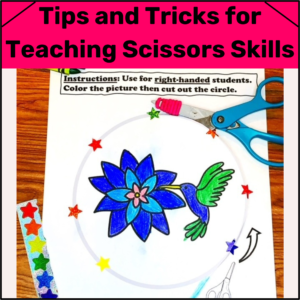
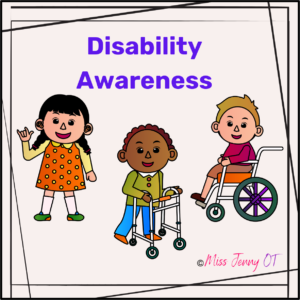

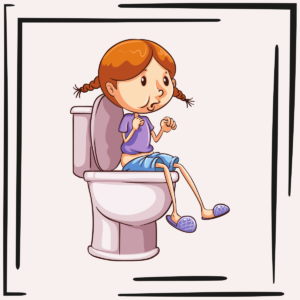


3 Responses
I would love to use the worksheet on Toileting Issues at an Autism Education Awareness day we are planning.
Hi Clare. It is a great worksheet, isn’t it. Unfortunately, I do not have the rights to it so cannot give permission. If you go to the original website https://www.theinsandoutsofpoop.com/insandouts/Home.html you can hopefully get permission there. It does say that it is free to print and use for personal use, but does not mention using it for the purpose you mention. Good luck and thanks for reading!
Jenny
Hi again. I just realized I am not sure exactly which worksheet you wanted to use. If it is the “Interactive bladder worksheet”, you may use it. I created that one myself.
thanks again for asking.